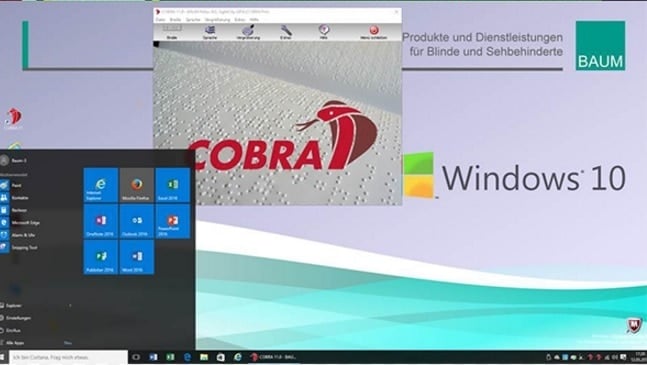

She asked to take the iPad home so that she could continue reading. She quickly sat back in her chair, closed her eyes and avidly listened to the story. Kay was given a popular iBook on her iPad and shown how to use the basic VoiceOver Read All (two-finger swipe down) and Pause/Start VoiceOver Speech (two-finger single tap) along with how to adjust the VoiceOver reading speed. Kay, who has average or slightly above IQ, is in a resource language arts class. She rarely finishes reading assignments, never reads a full book, and due to eye fatigue/migraines is rarely able to complete her modified homework. Kay is a very slow reader (speeding rate is inconsistent, but reading passages is often around 10 – 20 words per minute). She does not like using an articulating arm to hold the iPad up, as she says it is hard to transporting and set up between classes, makes her look different, and can be in the way as she watches the teacher and tries to take notes. She always leans over her iPad and often has her nose almost touching the screen. At times she increases the magnification to where she has to scroll across the screen however, scrolling quickly makes her nauseous. Her preferred reading format is large print (and often zoom) on an iPad where she can quickly change the font size, backlight, and color schemes as her eyes fatigue.

She is frequently absent from school due to excruciating and incapacitating migraines often caused by reading.

She has nystagmus (rapidly moving eyes), scotomas (holes in her vision) and poor acuity. Kay is a shy high school student with low vision that fluctuates throughout the day. Note: These are real students and true scenarios. Let’s take a quick look at a couple of scenarios. Should these students be introduced to a screen reader? If so, are there indicators that can help educators/family members to determine if a screen reader should be added to the student’s toolbox? And if the student would benefit from a screen reader, when should the student be introduced to screen reader skills or pre-skills? For a variety of reasons, students who have functional vision are often resistant to using a screen reader.


 0 kommentar(er)
0 kommentar(er)
